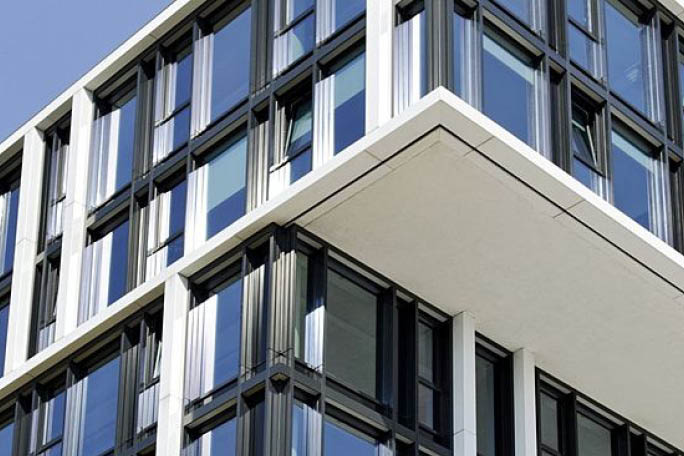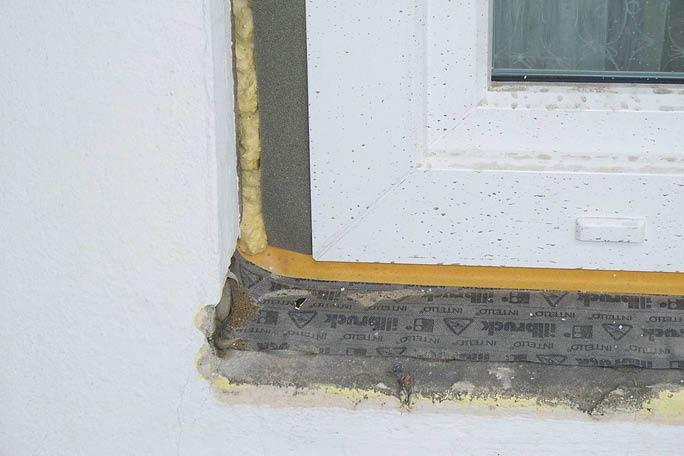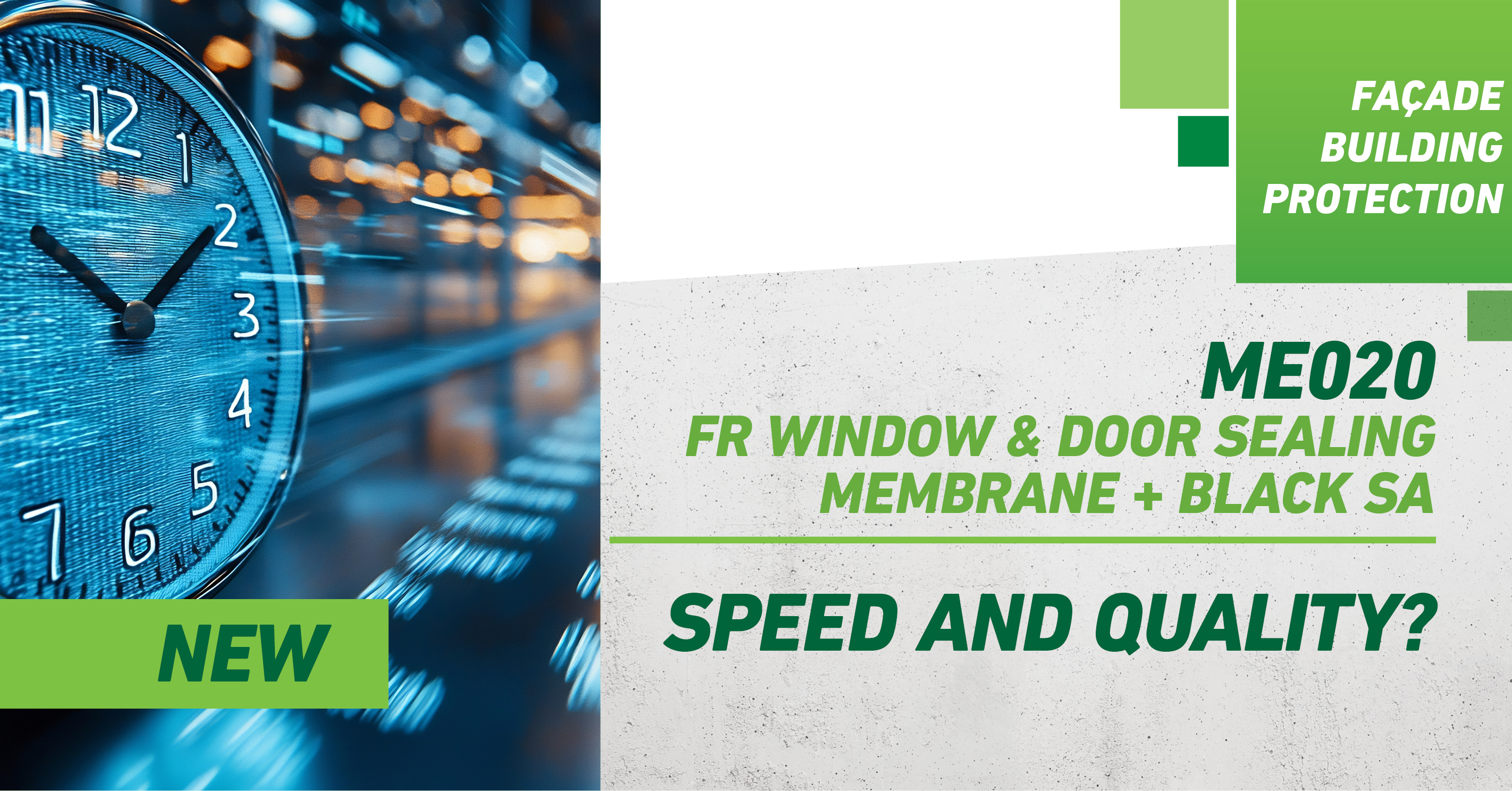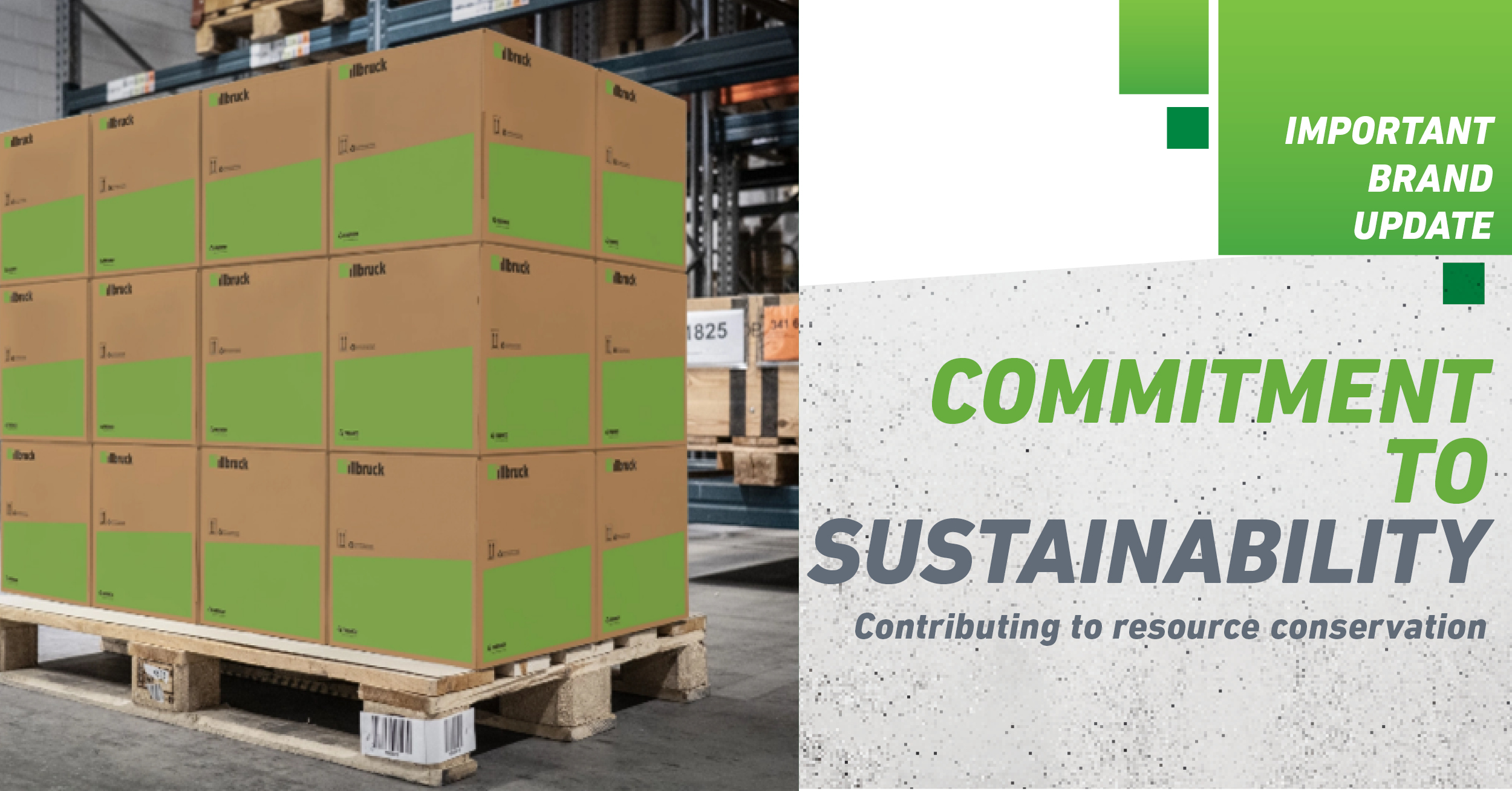Breathing Buildings: Why Windows Need to Be Tighter Inside Than Out




Breathing Buildings: Why Windows Need to Be Tighter Inside Than Out
As the focus on fire safety and building performance sharpens across the UK, the correct specification of window and façade sealing systems has never been more important. One critical principle, often overlooked, is ensuring that window interfaces are tighter on the inside than on the outside—a detail that can make all the difference in protecting a building’s integrity and indoor environment.
The Role of Membranes
Window and door interfaces in a façade system rely on well-installed membranes to deliver effective air and weather seals before the final cladding is applied. These membranes aren’t one-size-fits-all; they serve a range of functions, including:
- Vapour/moisture control
- Weathertightness
- Airtightness
- Water resistance
- Wind resistance
Specifying the correct membrane and installing it correctly is essential to achieving these outcomes, especially in light of recent regulatory changes.
Regulation & Responsibility
Updates to Approved Document B have increased scrutiny on the fire safety performance of membranes, particularly on ‘relevant’ or Higher Risk Buildings (HRBs). This has driven interest in membranes with the appropriate reaction to fire classification and a move away from the generic references to "EPDM" membranes, which may not meet the correct reaction to fire standard.
Inside Tighter Than Out
With warm, moisture-laden air typically moving from inside to outside in the UK climate, membranes must be arranged to allow this movement while preventing moisture from becoming trapped within the wall build-up. This is where the principle of “inside tighter than out” comes in. The internal membrane must always be more vapour tight than the external membrane. The recommended benchmark is that the external membrane should be at least 10 times more vapour open than the internal one. This ratio:
- Promotes a positive pressure gradient
- Prevents interstitial condensation
- Reduces the risk of mould, material degradation, and structural damage
If this is reversed—such as by installing a vapour-tight membrane externally—moisture can become trapped, causing long-term damage and compromising building performance.
While EPDM has long been the go-to for window sealing, it’s important to understand its limitations. True EPDM typically achieves only Class E fire performance and has high vapour resistance, making it unsuitable for applications where fire safety and breathability are critical. Newer, fire-classified membranes (Class B-s1, d0 or better) are now preferred—especially for HRBs.
“Specifying a membrane without considering both vapour transmission and fire performance is a shortcut to problems later down the line. Understanding the 10:1 vapour ratio rule is essential for getting this right.”
— Luke Birchall, illbruck Business Development Manager
Luke will be hosting a Coffee Chat later this year to explore this topic in more depth—
Due Diligence in Specification
When selecting sealing membranes for windows and façades, specifiers should ensure that chosen products meet these criteria:
- Third-party accredited
- Minimum Class B-s3, d0 fire rating (to EN 13501-1) for HRBs
- System tested with relevant adhesives
- Comply with the 10:1 vapour transmission ratio
- Water-resistant to Class W1+ (24-hour test)
- Weathertight to at least 600 Pa
- UV-resistant for exposed rainscreen applications
- Airtight where required
- Compatible with all relevant substrate types and associated façade membranes
If you have any questions on this, please contact your illbruck Area Sales Manager.











